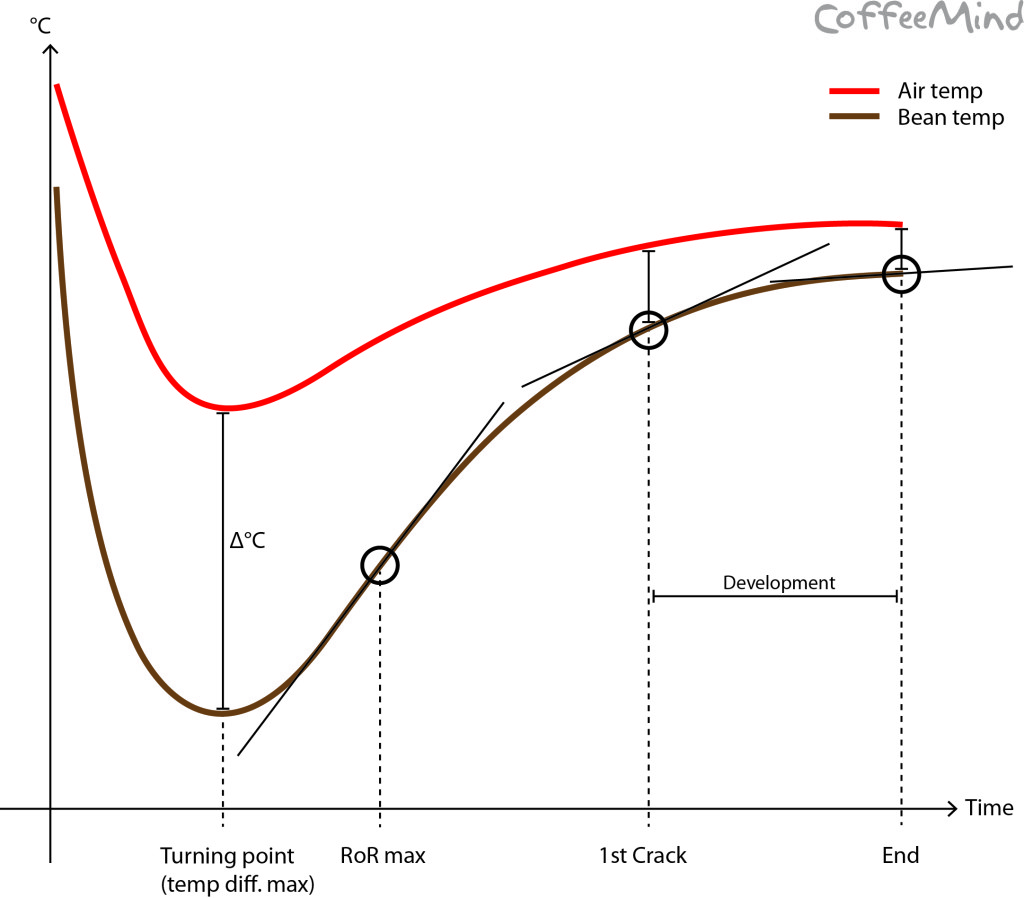Ted’s last blog post on the future of coffee cupping was very well-timed. In the latest issue of Roast Magazine, there’s a great pair of articles which take two stances on the numeric scoring system which is found throughout the specialty coffee industry:
The first article, by Shawn Steinman of Coffea Consulting, argues against numeric scoring for coffee, while the other by Ken Davids, discusses how number have helped the industry and consumers. I was quite impressed with how well written both articles are, in addition to the strong arguments each author makes. The conclusion I reached after digesting everything is that nobody is wrong here. I’ll clarify.
I come at this discussion with a different angle in that I’m an engineer, first and foremost. The problem I’m challenging us to solve is, “How do we facilitate coffee evaluation for coffee professionals?”. The key term in her is “evaluate”, which in this context is ambiguous. Why? Simply because there are so many different reasons why you’d be evaluation a coffee. Ted and the commenters of the previous post called out a few, as did Shawn and Ken in their respective articles…I can also add a few:
- Purchasing evaluation
- Quality control
- Roast profile development (maybe lumped in with #2)
- Training
- Customer education
- Promotion
I’m sure there are other things I’m not thinking of, but the point I’m trying to emphasize is that there are very different reasons to score a coffee with equally different goals. For some of these goals, a hard number may not make sense. But, for others, losing a discrete number would mean losing a lot of information. For the lay person, having something clear and concise to look at (such as a number) is absolutely critical. Regular people don’t understand what “round, lush acidity” means…they’ll simply think, “Ew, I hate bitter coffee.” Show them a “94” from some guy they’ve never heard of and I’d be willing to bet that would be much more meaningful.
Therefore, I put this whole scoring conversation into two buckets: 1) Coffee professionals and 2) The general public. The general public needs something very clear, obvious and succinct to look at in order to figure out if they should be buying coffee A or B. For better or worse, the numeric scores must stay. But, within the industry, there exists infinitely possibilities (almost). There does need to be some way of communicating “quality” or objectively comparing multiple coffees or roasts. Whether or not there is a number associated with that comparison, should really be answered by those doing the cuppings.
But now, this is where we, and other software professionals, come into the mix. Having three “sheets” (which are, literally, sheets of paper) that one can pick from as industry standards is extremely limiting. Standards are good, but so are options. It may come as no surprise that I think a software solution is the only logical way to proceed.
I envision cupping software that is infinitely flexible in the way evaluators can describe coffee. As Ted and others have mentioned, the descriptors are the key to their cuppings. Ideally, I’d like to build some software which helped guide the user to the descriptors they’re trying to look for. As an amateur, I always find it difficult to find the words to describe what my palette is experiencing. We need a software system which can assist people in finding those words, starting very general and getting more specific by taking feedback from the user. At the same time, we can’t just throw away the number ratings. This system would either need to algorithmically calculate a “best guess” score based on what the user did, or in some other way provide an option to input a final score. If nothing else, I would think that one final number entered by the user would be just fine. Where would this software run? An iPad…..it’s just gotta be an iPad.
During the course of developing RoastLog, one of the many things I learned is that nobody is really crazy about the current cupping system. People use it, and make it work, but I didn’t hear anyway say, “Our coffee scoring system is the best invention since Twitter!”. We are at a time where we can reevaluate the current system, and make improvements on it. What it’ll look like exactly is still up in the air, but it’d fun and exciting to think about the possibilities. I don’t taste coffee all day, design software. Without feedback from the community, engineers like myself won’t know what to build. So speak up and demand the tool(s) you’d like to use, to make your job as a coffee professional easier.


2 Comments
trish · August 17, 2010 at 12:50 pm
Using the 100pt scale for coffee to consumers is quite a bit different that using it for wine. Wine changes very little if at all after it has been scored by a professional.
Scoring a coffee on the competition table is great, but it’s almost like we should say, “has the potential to be 93pts” (or whatever). After it’s selected it has to be roasted and eventually prepared and there is no telling what the score becomes as it hits the consumers’ lips.
Our 2010 blog in review « RoastLog Blog · January 3, 2011 at 6:33 pm
[…] Coffee cupping and the numbers August 2010 1 comment 5 […]
Comments are closed.